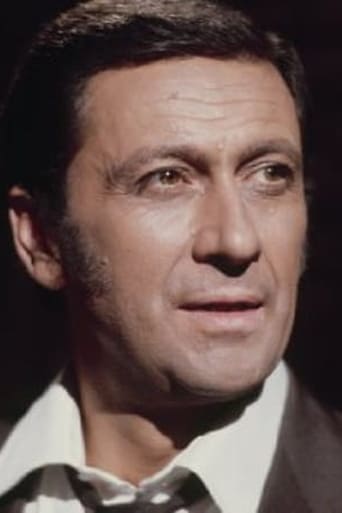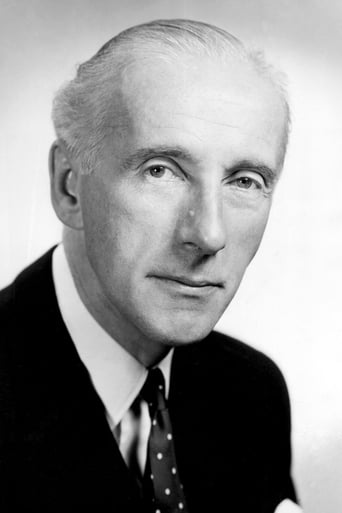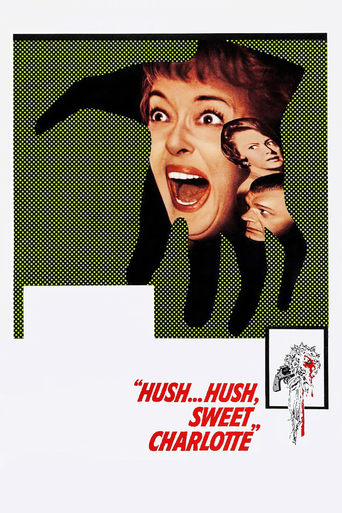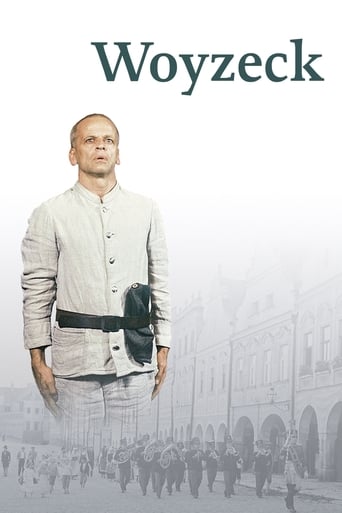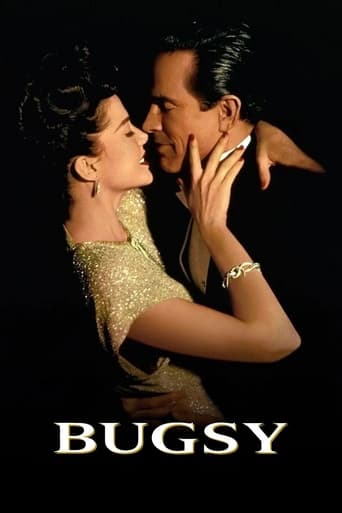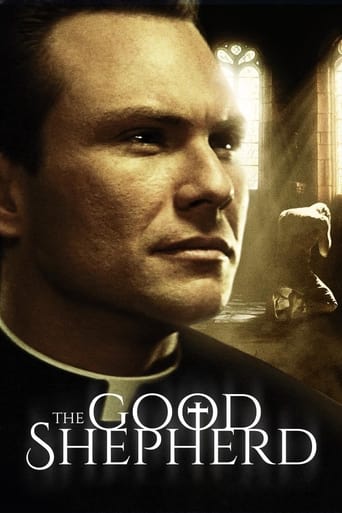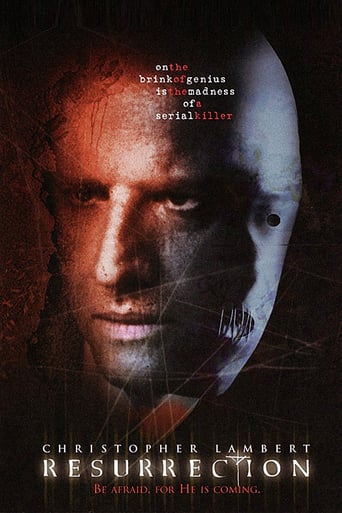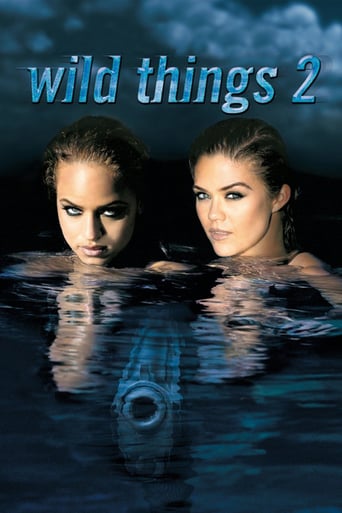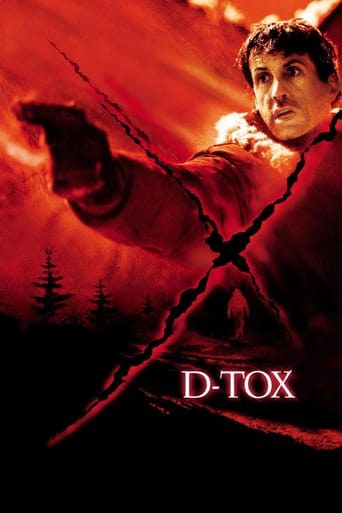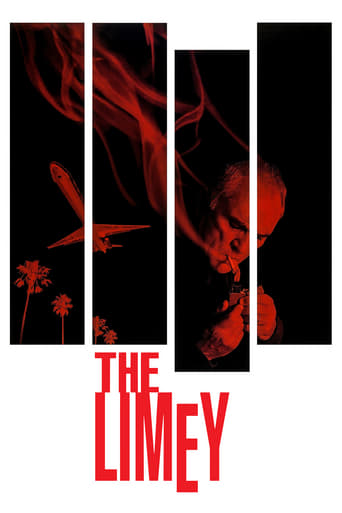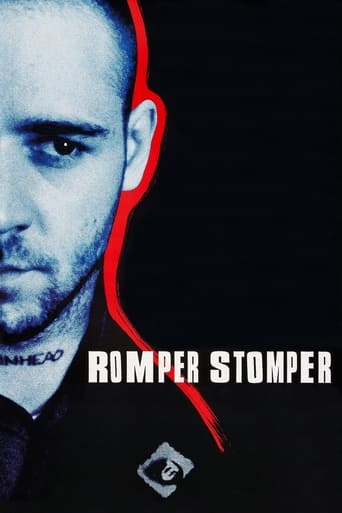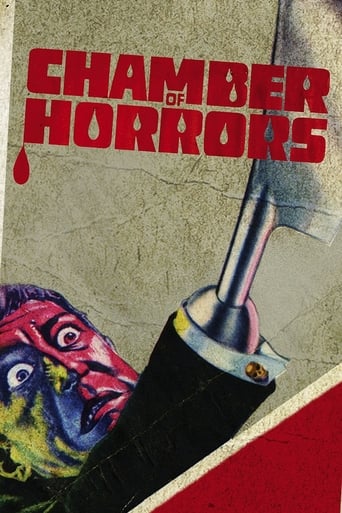
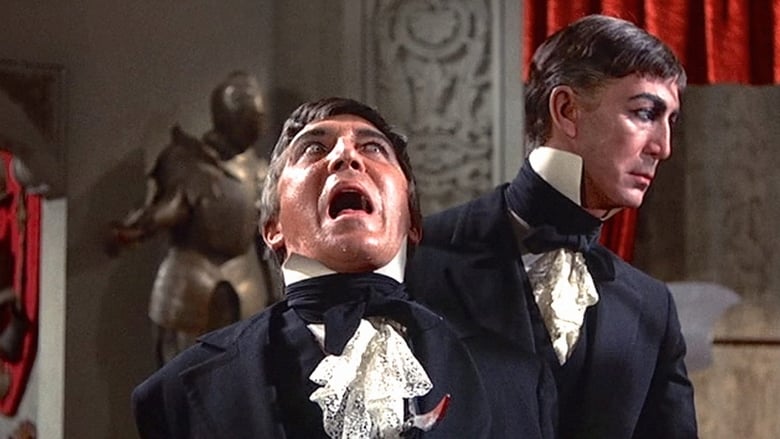
Chamber of Horrors (1966)
A one-handed madman (he lost the hand while escaping a hanging) uses various detachable devices as murder weapons to gain revenge on those he believes have wronged him.
Watch Trailer
Cast


Similar titles
Reviews
There's a lot to like in CHAMBER OF HORRORS, if you can forgive the copycat style that makes it look like a rip-off of HOUSE OF WAX at times. But the plot, involving a killer (Patrick O'Neal) taking revenge on those who punished him for his crimes, moves swiftly amid some handsome color settings and should keep fright fans interested. O'Neal is very persuasive in the central role.Less can be said of others in the cast--including Marie Windsor who is mainly wasted in a supporting role, Suzy Parker whose role has no depth at all and Patrice Wymore. Laura Devon is a stunning blond beauty and makes the most of her decorative assignment as the woman who sets up the men targeted for gruesome killings. The wax museum itself is an intriguing setting but the script is not up to the standards of the Vincent Price film with a somewhat similar storyline. Wilfrid Hyde-White and Cesare Danova are effective enough as the men who want to trap the killer.Recommended mainly for its excellent use of Victorian atmosphere and crisp, clear Technicolor.
"Chamber of Horrors" sure reminds me of some of William Castle's films, as it begins with a prologue narrated by William Conrad. It explains how scary the film is but as a special service to the squeamish in the audience, a red light will flash and weird music will go off when one of four horrifying moments are about to begin! This is cheesy but also fills the movie with kitschy fun.The film begins with a truly horrifying and wonderful scene in which a total psycho (Patrick O'Neal) forces a minister to marry him....to a dead woman!! The guy is 100% nuts but clever--and manages to elude the police for some times after this. Eventually, when he is captured, he manages to escape both times--and I won't go in to detail about it, but the second time is a doozy and everyone assumes he's dead! And, from here on, the film bears a lot of similarity to the wonderful film "House of Wax" (the Vincent Price version, not the new crappy one) as well as the Dr. Phibes films--some amazingly gory murders, all in the name of revenge. This portion of the film is pretty good, albeit a bit slow at times.What intrigued me about this film was seeing Patrick O'Neal in a role totally unlike his other film and TV appearances. He was good, mind you--but NOT the typical sort of O'Neal! Also I appreciated that although the subject matter was grisly, it was not at all explicit--and the red flashing lights really weren't necessary. I am thrilled, as I think many horror films just go too far.Overall, I liked this film very much--O'Neal's character was great and the story quite exciting. The only serious problems were the occasional bad writing, as intended victims just acted too dumb at times--such as the cop (Wayne Rogers) who chose to look for a serial killer out to kill him TOTALLY ALONE! When this character found O'Neal, instead of shooting him on sight, he allowed him to get close to him...too close. Another case of bad writing involved the assistant, Pepe, who hears a noise and TELLS NO ONE--going to investigate it himself!! Too dumb--and sad because otherwise it was a thrilling little movie.By the way, the way the film ended it seemed apparent this was meant as either a TV pilot or the first in a series. Sadly, this was not to be.
An aristocratic, sociopathic strangler, Cravatte(Patrick O'Neal, evoking the spirit of Vincent Price with his quietly mad psychopath and demented eyes)in Baltimore(..who removes his handcuffed hand, which was locked to a steel wheel, with an ax after escaping from a train into the sea below a bridge)hides out in New Orleans under a different name, choosing a stunning streetwalker to assist(..unknown to her;she thinks it's a blackmailing scam)him in a series of vengeful crimes retaliating on the key figures who planned to send the killer to the gallows. The true motivation, besides his insanity, that provides him with the desire to kill is the loss of his hand for which he blames the ones who caught him, for being "responsible" for his trauma.The detective team of the debonair, sophisticated sleuth Anthony Draco(Cesare Danova, with his Italian looks and charm)and his protégé, the cerebral criminologist Harold Blount(the delightful, incredibly likable, unflappable Wilfrid Hyde-White), along with side-kick dwarf assistant Pepe(José René Ruiz),will join forces with local law enforcers Inspector Matthew Strudwick(Philip Bourneuf),at first resisting them as mere amateurs until they help capture the killer at the insistence of Cravatte's blustery, cigar chomping Mrs. Perryman(Jeanette Nolan,chewing scenery as a wealthy multi-married voice of authority, whose monetary contributions and prestigious name certainly carry an influence), and Sgt. Jim Albertson(Wayne Rogers). What makes this Holmes/Watson type sleuthing team so unique is, when they aren't helping their peers solve crimes, that they run a wax museum whose exhibits are based on notorious murderers, their victims & devices.If you want a proper description of what the film looks and feels like, imagine if William Castle directed a Hammer film. Baltimore is akin to the fog-infested, cobble-stone streets of London . With macabre humor, some lurid elements regarding Cravatte's dwelling places and selection of "adventuress" women, the deranged methods for which the killer does in his victims(..Cravatte uses an assortment of weapons, such as a meat cleaver, surgical knife, and gun, hooked on to a device he ordered connecting to where his missing hand use to be) , the House of Wax setting which never gets old, and a spirited cast who add extra fun to the sordid atmosphere of the premise. For a film made for a television audience, this is a good looking production....great sets, costumes, use of shadow, and professional camera-work. Director Hy Averback might be looked at as a hack, because his film seems so similar to other directors and companies churning out these type of films at the time but his smörgåsbord of ideas and styles impressed the hell out of me. I think a lot of horror aficionado/buffs will have fun with this one.I think some might penalize this for not being too original. The "House of Wax" setting, which I've always been a fan of, really provides some very amusing bits not to mention the final showdown between our hero and the killer, especially in how Cravatte meets his end. But, the setting has been used before. The killer's affliction, by his own hand, and how he murders folks, has been seen before..the idea of a hook-handed killer doesn't exactly seem fresh, even at that time in 1966. And, many might find the two gimmicks of the "fear flash" and "horror horn", which were all the rage back then, rather hokey. I dunno..I find these gimmicks an amusing part of a cinema from yesteryear. While the story is indeed a wicked one, it's still a film made with a television's audience in mind, so sadly the violent elements are tame, off-screen stuff. Marie Windsor, as a brothel's Madame who lends her place to Cravatte as a hideout because he pays well, and Tony Curtis as a card-playing client in the Red Light District, have small roles.
*spoilers*In the pre-credits sequence the viewer is given a stern warning about the gruesome nature of the subsequent film. For our benefit the filmmakers have added two features which alert viewers to the four horrific moments in the film. The two delightful features are the `Fear Flash' (the screen flashes red) and the `Horror Horn' (self-explanatory). The gimmicks are worthy of William Castle - the viewer has the option to `turn away' or `close their eyes' to avoid the onscreen terror. Problem is only one of the four moments is the least bit bloody, the rest are rather anaemic. Although the Horn and Flash certainly add to the film, they make a predictable moment even more so and also falsely raise your expectations about the ensuing scene. Still, the introductory warning is the highlight of the film.The film opens promisingly with a macabre wedding ceremony. A priest is being forced at gunpoint to marry a couple. The bride is a corpse and the groom the gun wielding murderer, Jason Cravette. Afterwards the priest flees to the police whose subsequent investigations are fruitless. That is until they are forced to enlist the help of a pair of `amateur criminologists' who also run a morbid waxworks exhibition - the titular `Chamber of Horrors'. The duo, the elderly and urbane Englishman Harold Blount, and the 'suave' Frenchman Anthony Draco, pursue the case whilst in tandem exploiting it to the full in their waxworks exhibition.Chamber Of Horrors wants to be like the Fifties classic House Of Wax so much it hurts. From the villain donning a black cape and hat, the 'living' head on a shelf holding wax busts, to the cinematic style and period setting. Even the sets used for the exhibitions foyer/exterior and its main display room look identical (including the camera perspectives used), and probably are. Although Patrick O'Neal has the best role as the villain, he is not as memorable as Vincent Price. Although at the finale I was 'cheering' on the villain. The remainder of the cast, especially veteran British actor Wilfred Hyde-White, camp it up admirably.Some of the films clichés certainly grate. These include the inadequacy of the local constabulary, and Draco having an old flame in practically every bar. Happily, the film never takes itself seriously and the plot is, overall, much different from House Of Wax. The killer has an interesting murder weapon(s), a range of detachable hooks, saws, etc., on the stump of his right arm. He is a progenitor, of sorts, to Trap-Jaw in the Masters of the Universe cartoon.The waxen murders on display in the 'chamber of Horrors' is, however, more interesting than the killer's. Initially I suspected the murders would mimic them. The fact that the 'heroes' have a replica of the various murders on display before the body has had a chance to cool in the morgue is totally unrealistic. Wouldn't the police, media, and relations of the deceased object to this tasteless exploitation. The criminologists are more like ghouls (just like me, the viewer, then).*Big spoiler for both this film and Tenebrae (1982)*Finally, the killer's fate reminded me of a similar death in Dario Argento's Tenebrae. Cravette is skewered on the weapon held by a waxen replica of himself. In Tenebrae a novelist is skewered by a piece of ornamentation/modern art. There is a certain irony and poetic justice in the artist's inspiration and a novelist (considering literature as an artform) being killed by a work of art.



